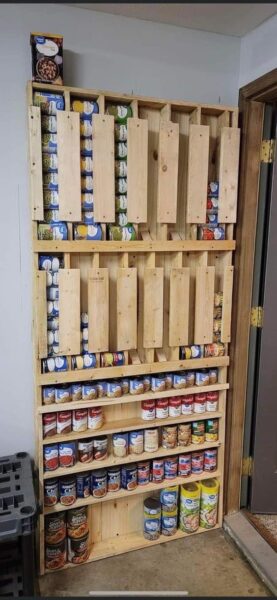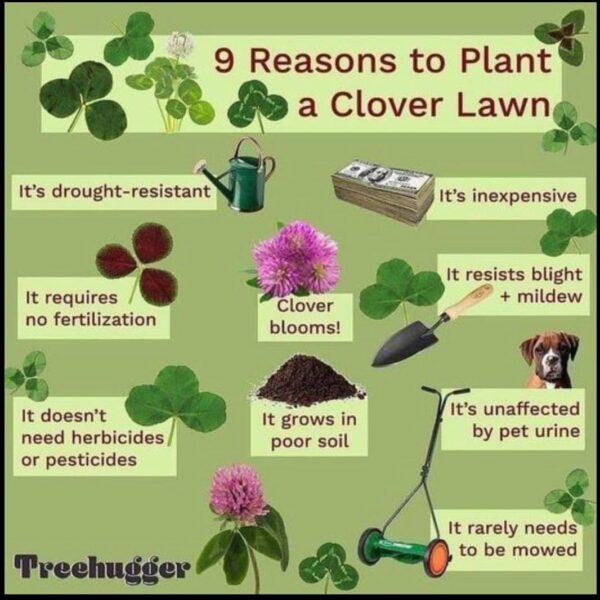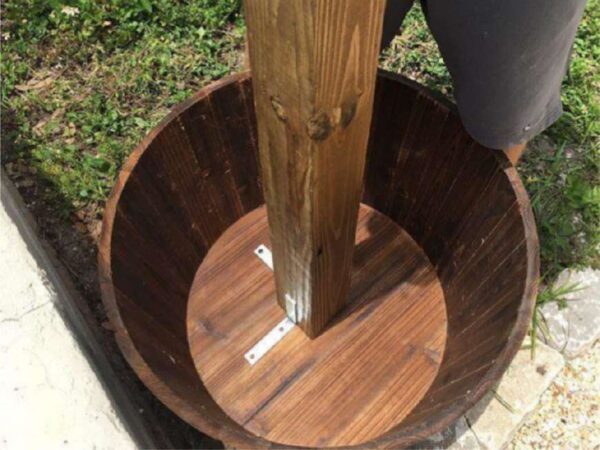In the quest for a more sustainable and self-sufficient garden, there is a simple yet highly effective practice that can make a significant difference – using leaves as mulch. By saving and utilizing the fallen leaves from your yard, you can create a natural and cost-effective mulch that nourishes your garden and mimics the cycle of a thriving forest ecosystem. In this article, we explore the benefits of leaf mulching and how it contributes to the sustainability of your garden while also saving you money.

- The Power of Leaf Mulch: Leaves are a valuable resource that can be transformed into nutrient-rich mulch. When applied to your garden beds, leaf mulch acts as a protective layer that helps retain soil moisture, suppresses weed growth, moderates soil temperature, and improves overall soil health. As the leaves break down, they release essential nutrients, enriching the soil and promoting the growth of healthy plants.
- Mimicking the Forest Floor: Nature provides us with the perfect blueprint for a sustainable garden – the forest. In a forest ecosystem, fallen leaves naturally accumulate on the forest floor, creating a rich layer of organic matter that supports the growth of diverse plant life. By emulating this natural process in your garden through leaf mulching, you can recreate the conditions for healthy soil and thriving plants.
- Easy Leaf Collection: Fallen leaves are readily available during autumn, but you can collect and save leaves throughout the year. Rake or gather the fallen leaves from your yard and store them in compost bins, dedicated leaf piles, or biodegradable bags. With a little effort, you can accumulate a sufficient quantity of leaves to sustainably mulch your garden beds.
- Applying Leaf Mulch: To use leaves as mulch, shred or chop them into smaller pieces using a shredder, mower, or by hand. Spread a layer of the shredded leaves around your plants, ensuring a thickness of about 2 to 4 inches. Take care not to pile the mulch against the plant stems, as this can create a moist environment conducive to rotting. As the leaves decompose over time, replenish the mulch layer as needed.
- The Benefits of Self-Sustainable Gardens: Creating a self-sustainable garden not only benefits the environment but also saves you money in the long run. By recycling your leaves into mulch, you reduce the need for synthetic fertilizers and commercial mulch products, which can be costly. Additionally, the use of leaf mulch helps conserve water by reducing evaporation and promoting moisture retention in the soil.
Transforming your garden into a self-sustainable oasis is within your reach, and it starts with something as simple as saving and utilizing fallen leaves as mulch. By embracing the power of leaves and mimicking the natural processes of the forest floor, you can create a thriving garden ecosystem that is both environmentally friendly and cost-effective. Embrace the practice of leaf mulching, and witness the incredible transformation of your garden while contributing to a more sustainable future. Start today, and let your garden flourish with the abundant benefits of this natural, self-sustaining practice.
As an Amazon Associate we earn from qualifying purchases through some links in our articles.




